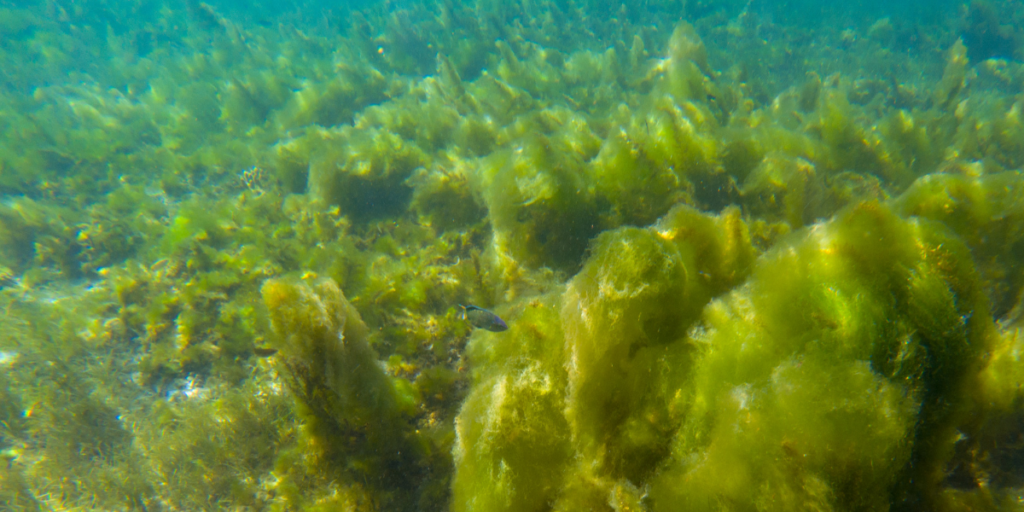By MonangaBay.com.
- After a hiatus of more than 10 years, a new round of research into ocean iron fertilization is set to begin, with scientists saying the controversial geoengineering approach has the potential to remove “gigatons per year” of carbon dioxide from Earth’s atmosphere.
- The idea behind ocean iron fertilization is that dumping iron into parts of the ocean where it’s scarce could spark massive blooms of phytoplankton, which, when they die, can sink to the bottom of the sea, carrying the CO₂ absorbed during photosynthesis to be sequestered in the seabed for decades to millennia.
- So far, proof that this could work as a climate-change solution has remained elusive, while questions abound over its potential ecological impacts.
- Scientists with the Woods Hole Oceanographic Institution in Massachusetts, U.S., recently received $2 million in funding from the U.S. government that will enable computer modeling research that could pave the way for eventual in-ocean testing, effectively reviving research into ocean iron fertilization.
In 2009, a controversial scientific experiment dumped 6 metric tons of dissolved iron into the Southern Ocean to see if it would trigger a massive bloom of phytoplankton in iron-deficient waters. In one way, the experiment succeeded: The scientists produced a phytoplankton bloom. However, they didn’t get what they were really after: Proof that such a scheme could lead to large-scale carbon dioxide sequestration. You see, when phytoplankton die, they sometimes sink to the bottom of the sea — a phenomenon known as marine snow — carrying the carbon dioxide they absorbed during photosynthesis with them to be sequestered in the seabed for decades to millennia. In 2009, the vast majority of the experimental bloom was consumed by zooplankton near the surface and failed to reach the ocean floor.
Since then, except for an even more controversial attempt by a for-profit company in 2012 in Canadian waters, there have been no large-scale experiments of ocean iron fertilization as a potential tool to counteract climate change.
Now, researchers hope to change that. Dennis McGillicuddy and Ken Buesseler, both with the Woods Hole Oceanographic Institution in Massachusetts, U.S., have a multistage project in mind that Buesseler says would be about “10 times longer [and] 10 times bigger” than any past experiment. They say they hope such a scaled-up experiment will answer many of the questions that still remain about the efficacy of ocean iron fertilization.
McGillicuddy says iron fertilization remains intriguing because it has the potential to store “gigatons per year” of carbon dioxide.
“It doesn’t solve the problem by any stretch, but that’s an amount of carbon that is meaningful from a climate perspective,” he says.
Recently, they scored their first grant to bring iron fertilization experiments back. In September, the U.S. National Oceanic and Atmospheric Administration’s (NOAA) Ocean Acidification Program announced $2 million in federal funding for a computer modeling project, part of a $24.3 million funding package for a suite of marine CO2removal studies.
Continue reading at MonangaBay.com

